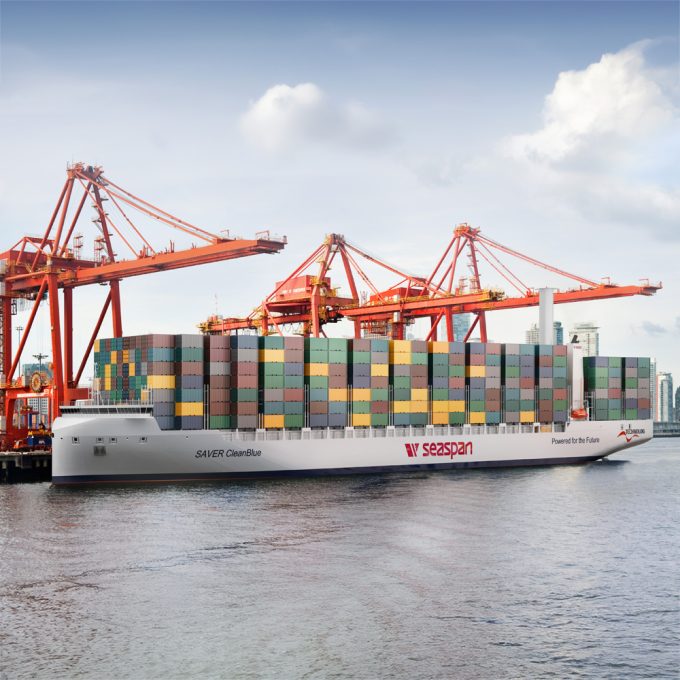ONE opts for South Korean newbuilds to avoid hefty US port fees
Faced with hefty US port fees for Chinese-built box ships, ONE is in discussions with ...

A new design for an LNG-powered feeder, developed by Technolog for Seaspan, splits the difference between the Maersk ‘house-forward’ approach, and conventional mid-bridge ship design, by splitting its superstructure into two.
No capacity details have been released for the 198m vessel design, which won Lloyd’s Register ...
CMA CGM South Korean staff strike over bonuses after bumper 2024 profit
MSC switches two more Asia-Europe port calls from congested Antwerp
Ports and supply chain operators weigh in on funding for CPB
Nightmare for Bangladeshi exporters as congestion and tariffs bite
Carriers introduce surcharges as congestion builds at African ports
Box ship overcapacity threat from carrier appetite for new tonnage
CMA airline returns two freighters, while ANA takeover of NCA looms
Tradelanes: Export boom in Indian sub-continent triggers rise in airfreight rates

Comment on this article